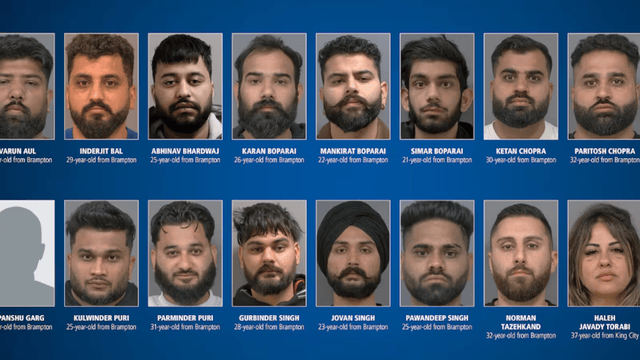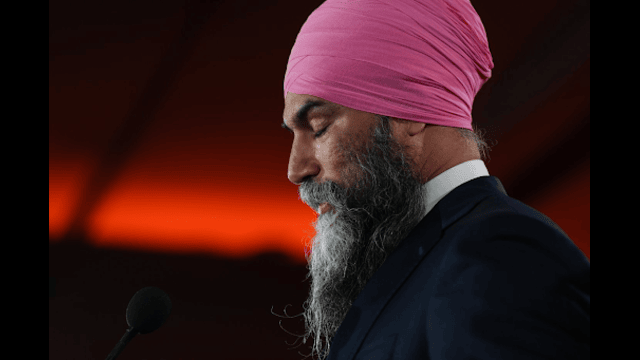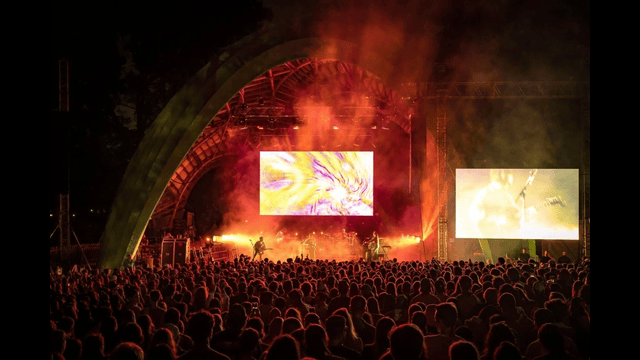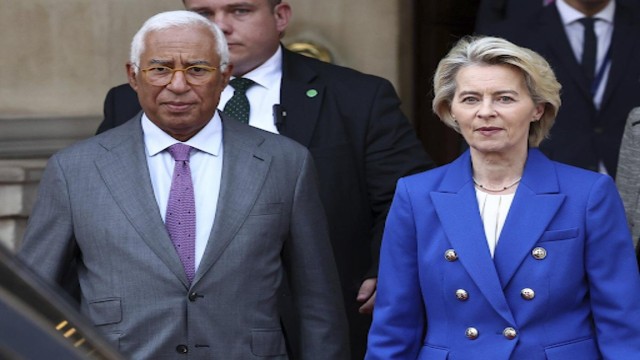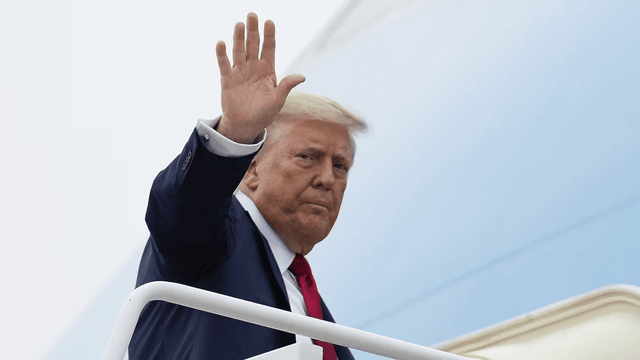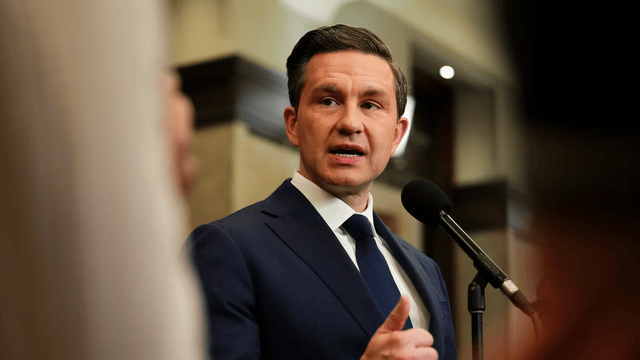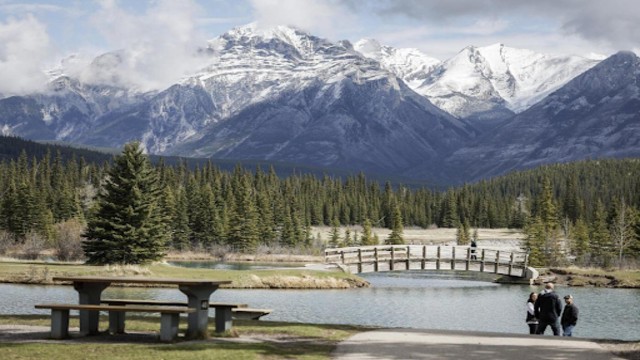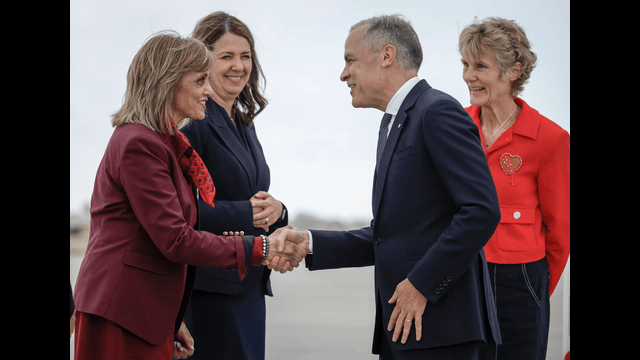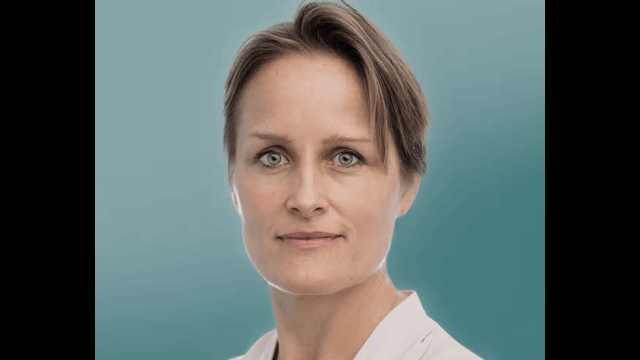
Boeing's Starliner will return to Earth in September, while astronaut Sunita Williams remains in space. Business Today
NASA’s Boeing Starliner spacecraft, which carried astronauts Sunita Williams and Butch Wilmore to space in June, is set to return to Earth on September 7, but this time without any crew onboard. The decision to send the capsule back uncrewed was made after NASA identified several technical issues that could pose a risk to astronauts.
The Starliner had been experiencing problems with its thrusters, which are crucial for maneuvering the spacecraft in space. Additionally, there were multiple helium leaks reported in the system. Helium is used to pressurize the fuel tanks, and any leaks can compromise the spacecraft's ability to function properly. These issues were significant enough for NASA to decide against having astronauts aboard for the return journey.
Sunita Williams and Butch Wilmore, who initially travelled in the Starliner, will now be returning to Earth next year aboard SpaceX’s Crew Dragon. This spacecraft has become a reliable option for NASA, having successfully completed multiple missions to the International Space Station (ISS). The Crew Dragon, developed by SpaceX, is known for its safety features and has been favoured by NASA for crewed missions in recent years.
The decision to switch the astronauts’ return vehicle underscores NASA’s commitment to ensuring the safety of its crew members. The Starliner, while part of NASA’s Commercial Crew Program, has faced several setbacks during its development and testing phases. These recent technical challenges are just the latest in a series of hurdles the spacecraft has encountered.
The uncrewed return of the Starliner will allow NASA and Boeing to conduct a thorough analysis of the spacecraft’s performance without risking human lives. This mission will provide valuable data that could help resolve the existing issues and improve the spacecraft for future missions. Boeing and NASA will be closely monitoring the return to gather insights and determine the next steps for the Starliner program.
Despite these challenges, the Starliner remains an important part of NASA’s strategy to maintain multiple transportation options for astronauts travelling to and from the ISS. Collaboration with private companies like Boeing and SpaceX is essential to NASA’s goal of expanding human space exploration and ensuring the long-term sustainability of the ISS.
As for the astronauts, Sunita Williams and Butch Wilmore are expected to return safely next year aboard the Crew Dragon, which has proven itself in previous missions. The delay in their return is a reminder of the complexities and challenges of space travel, where safety always takes precedence over timelines.
NASA’s decision highlights the importance of rigorous testing and safety protocols in space missions. The agency remains committed to advancing its space exploration goals while prioritizing the well-being of its astronauts.


